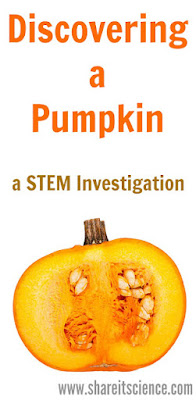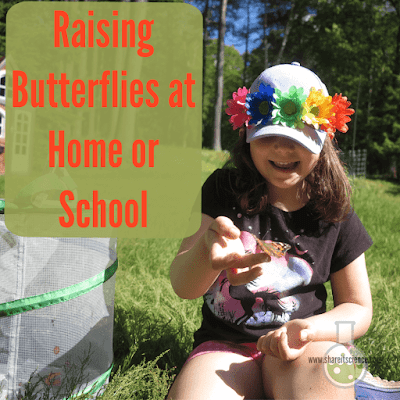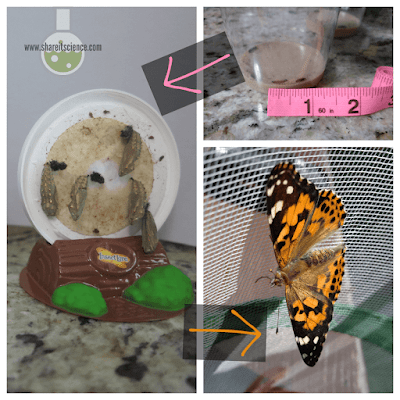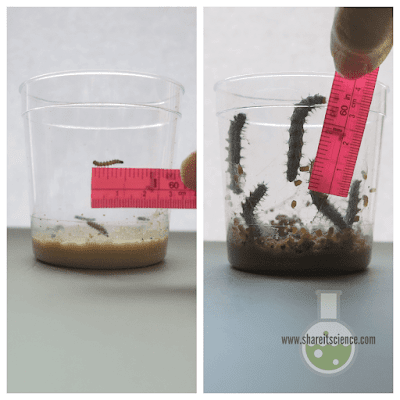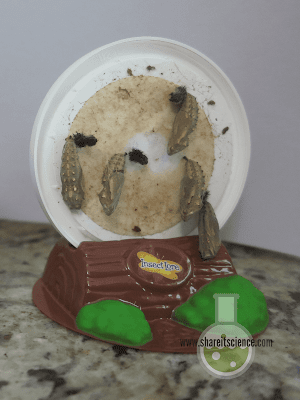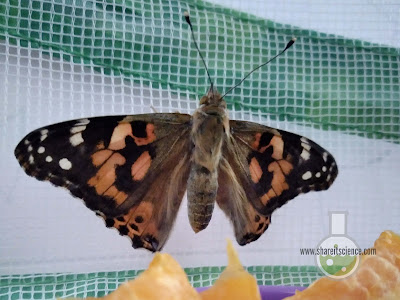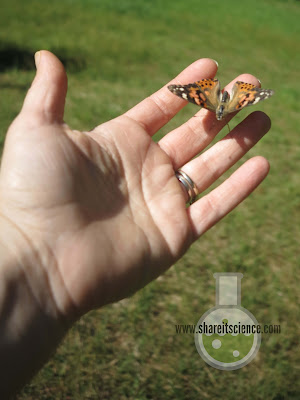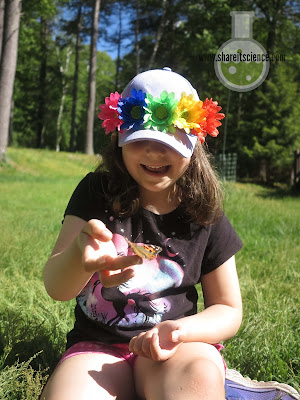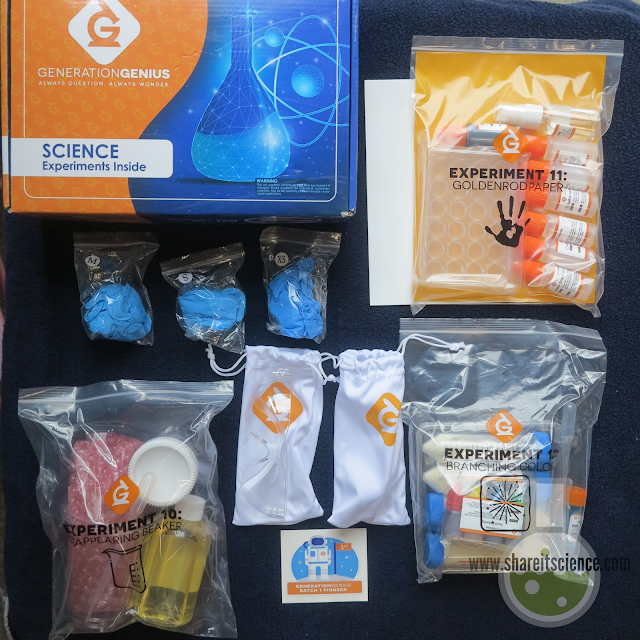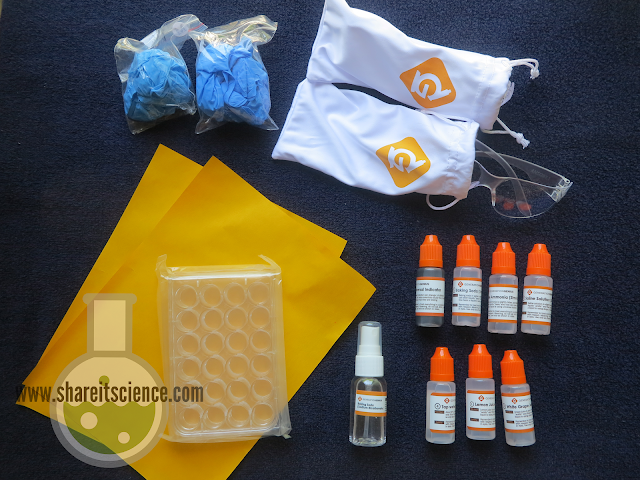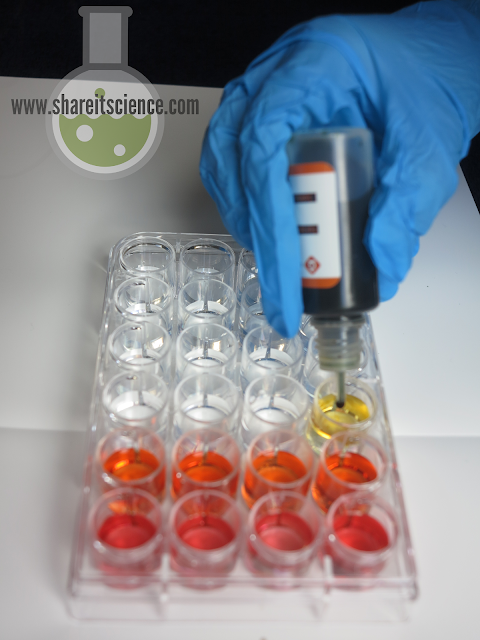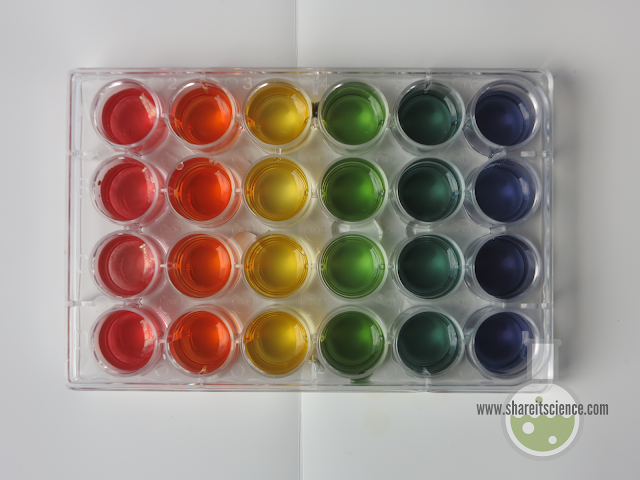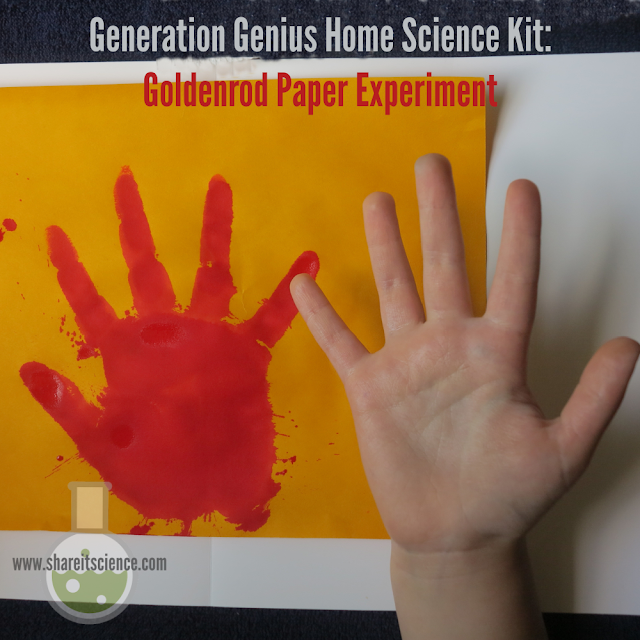I don't know about you, but I think it's pretty cool to get fun projects and activities in the mail. It beats junk mail and my kids certainly look forward to receiving them. We have used a few subscription boxes over the years and were very excited to be invited to review the new subscription home science kit from Generation Genius! The home kit is designed for kids aged 9 and up, and delivers three fun, safe and engaging science activities to your mailbox each month. With an option for a 3-month subscription, these are great activities to
keep the kids busy over summer vacation. The children (and grown-ups!) in this house had a blast exploring the activities included in our sample, and we are sure you will too.
Please note: I was invited to honestly review this subscription box and become an affiliate of Generation Genius. This post contains affiliate links, meaning I receive a commission from purchases made through these links, at no additional cost to you. Please see
disclosures for more information.
Engaging Science Activities at Home

Short on time? Here's the quick review:
If you are in a hurry, we get it! Here is the bullet point version of our review. Read on below for a more detailed review.
- The projects were fun and interesting.
- Everything necessary for completing the project was included in the box, no running around the house to find anything.
- The cost of the subscription is reasonable considering what was included. You wouldn't be able to DIY your own project for the price right now.
- The video directions were clear, easy to follow and well-paced.
- There are enough materials to complete each experiment more than once or have more than one person participate.
- The chemicals for the experiments were fairly common household materials that when used properly were safe but kids still got that real science lab feel.
What is in the Home Science Kit Box?
Upon opening the box I was instantly impressed with how much was crammed into it. 2 pairs of safety goggles, three pairs of latex gloves in various sizes, a sticker, all the materials needed for three activities. I love that we didn't have to find any other supplies around the house before beginning the projects, it was all included and we could just begin.
We received
Science Kit 4, which included the following experiments: "The Disappearing Beaker", "The Goldenrod Paper" and "Make Branching Colors". My kids decided to try the 2 colorful experiments first, so those are what I will share here.
I thought it was great that more than one person could participate. There were enough supplies to have two people complete the project more than once. It was really nice not to worry we were going to accidentally use something up before we were through.
The directions for the projects are given via video by Dr. Jeff, creator of Generation Genius. You can
learn more about Dr. Jeff here. The directions are demonstrated in a clear and understandable way and you can turn on an auto-pause feature to pause the video at each step. The pacing of the instructions was perfect, it worked out great for us.
The Science Experiments
Here are some images from the two of the projects in our science kit. My kids gravitated immediately to the colorful experiments in the box: "The Goldenrod Paper" and "Make Branching Colors."
The
Goldenrod paper experiment explored pH and using indicators to learn more about the properties of liquids. I have found that
pH experiments are usually a hit as they tend to be interesting and fun as the color changes are instant and fascinating.
The first step was to see what happens when you add different liquids to a universal indicator. The kids were so excited to use the chemicals. Although these were all common household liquids, the little bottles and containers are so alluring!
After making a rainbow of different liquids with the universal indicator, they investigated how a baking soda mixture interacted with the goldenrod paper, which also works as an indicator.
It was cool to see the prints left behind after spraying hands with the baking soda mixture. They do look a little bloody, and it instantly made sense to me why people like
Steve Spangler always use this as a Halloween demonstration. Will have to keep it in mind as a way to make some fun decorations next October.
In the branching colors experiment the kids played around with what happens as food coloring spreads through liquids of different viscosities.
It was so interesting to watch the colors branch out. It reminded me of
fractals and the similar branching we see inside out own bodies and elsewhere in the natural world.
It was great that there were enough supplies and the invitation in the instructional video to continue to explore and play around with the color branching. It kept my kids engaged for quite some time!
Generation Genius Home Science Kit Review
I would highly recommend the Generation Genius science kit. They are reasonably priced and you have the choice of three different subscription plans including a 3-month.
My kids enjoyed the projects. They were interesting and included enough supplies to do the experiment more than once. Each project was open-ended to keep kids engaged for a while, it wasn't just a quick one and done.

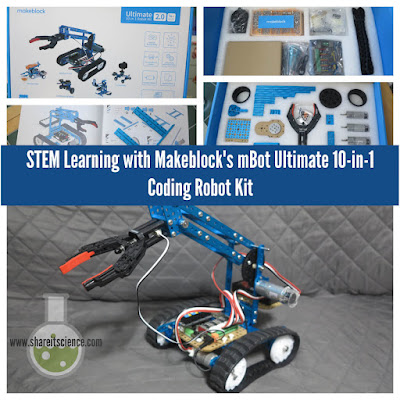
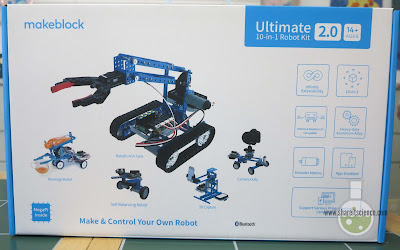
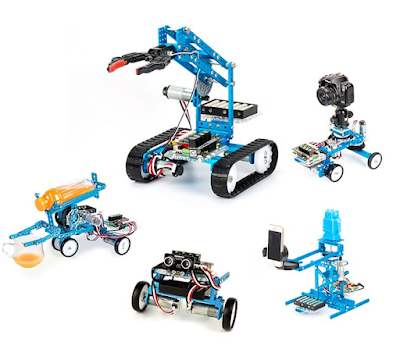
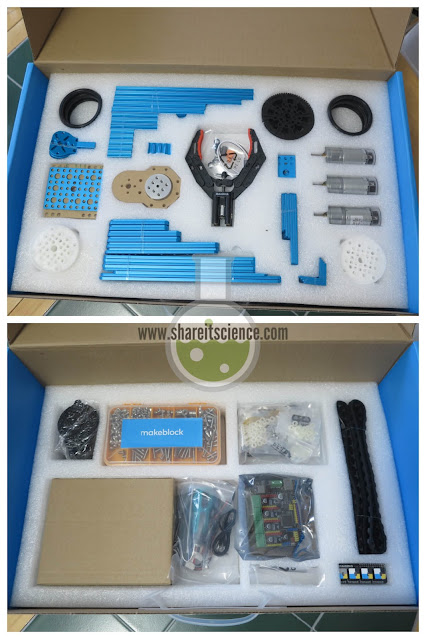

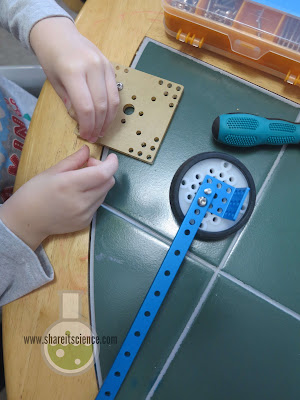


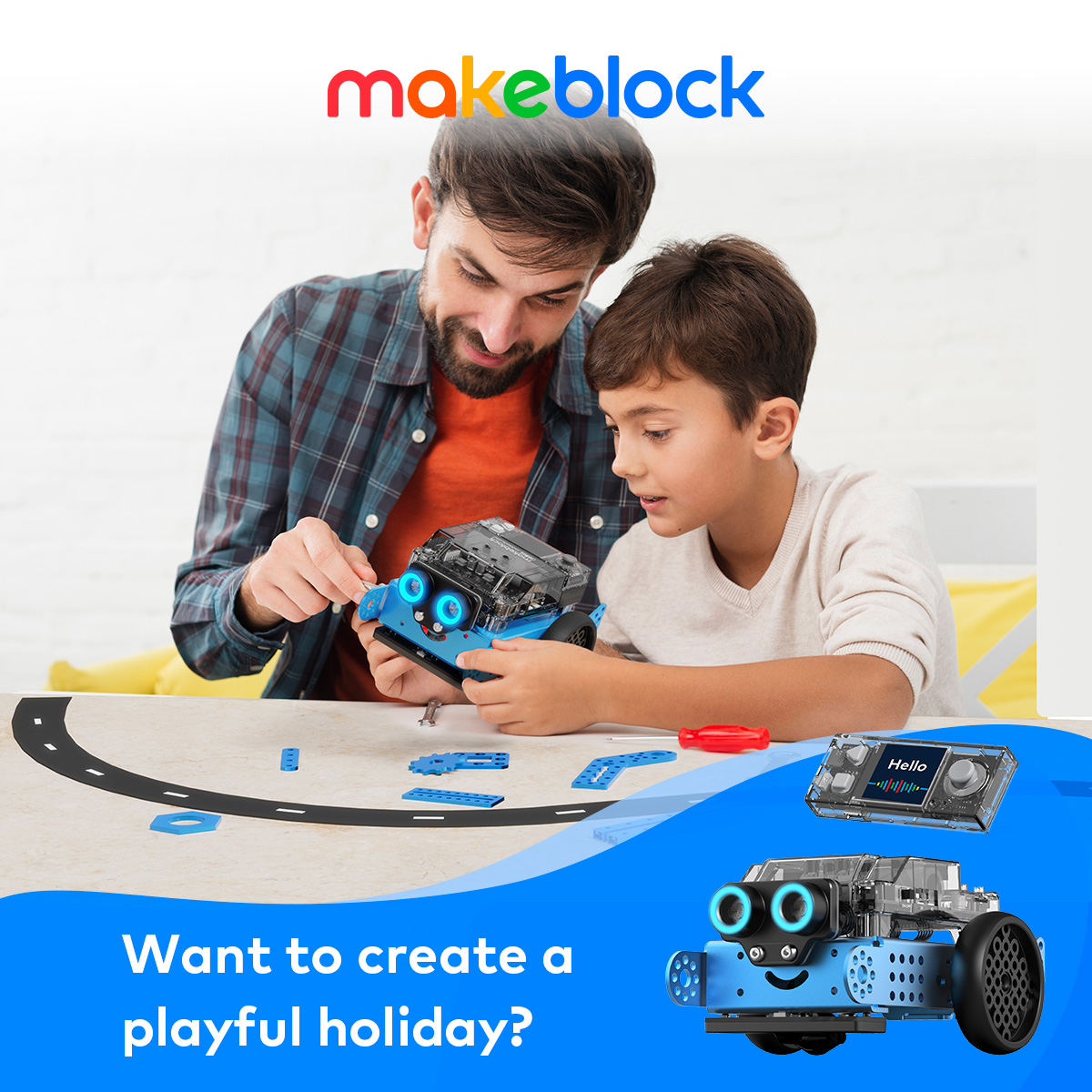


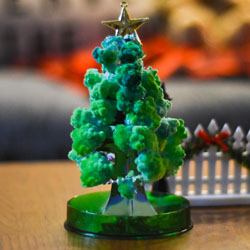



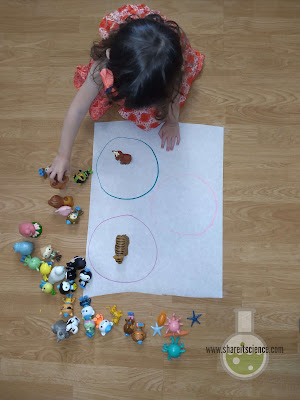
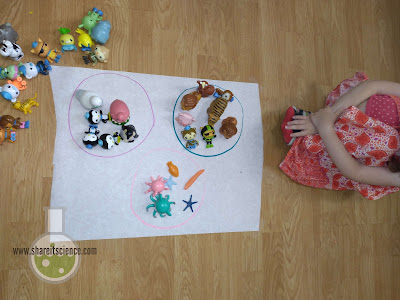

.png)


